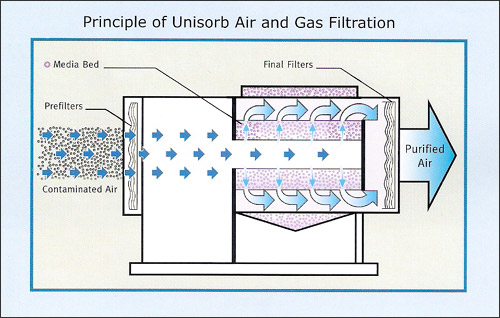Epa Design Manual Odor Corrosion Control Auburn
Description: Wastewater is known to the public for its potential to create odor nuisance. Sometimes it is the odors escaping from sewer manholes that cause complaints; more commonly, the odor source is a wastewater treatment facility. Yet there are wastewater treatment facilities that are free from this stigma and techniques to prevent odor nuisances are available to those committed to construct odor-free treatment works. A major cause of odors in wastewater treatment systems is hydrogen sulfide (H2S), a gas detectable in very low concentrations. Hydrogen sulfide is also notable for its toxicity and its ability to corrode various materials used in sewer and treatment plant construction. Driver Penna Usb Mediacom Login. In the last three decades, much research has been done on various aspects of the sulfide problem, and important contributions have been made.

Epa Design Manual Odor Corrosion Control International Inc Connecticut. Chane Ke Khet Mein Full Hd Video Download here. Sabrina Malheiros Dreaming Rar Download. Oxidation for wastewater odor control involves the. Environmental Protection Agency. Wastewater odor & corrosion control. “Odor and Corrosion Control in Sanitary Sewerage Systems and Treatment Plants,” Design Manual, EPA/625/1-85/018. United States Environmental Protection Agency. Document Display. More Like This; Get This One! PDF; Multipage TIFF. Unformatted Text. Include current hits.
Traditional sanitary sewer design practice has not fully acknowledged the importance of corrosion and odor control, as evidenced by the widespread occurrence of sulfide and odor control problems throughout the United States for sanitary sewers serving both small and large tributary areas. The 1984 EPA Needs Survey estimates the backlog cost of major sewer rehabilitation to be $3.2 billion. This cost is in addition to the costs for correcting infiltration/inflow Problems and is for major structural repair or replacement of sanitary sewers, a significant part of which may be attributed to sulfide-induced deterioration. The same survey further estimates the construction costs for new collectors and interceptors, through the year 2000 to be $38.8 billion. These cost estimates reflect the importance of adequately considering sulfide control in the design of new sanitary sewer systems. Since publication of the Process Design Manual for Sulfide Control in Sanitary Sewerage Systems in 1974, substantial information on odors and corrosion in municipal sewerage systems has been reported. In addition, significant developments have evolved for the control of odors and corrosion in wastewater treatment plants.
In particular, use of chemicals for odor and corrosion control has increased substantially. Inclusion of these advances is the primary reason for revising this manual. To further the understanding of odor and corrosion control in sewerage systems and treatment works, many case histories and examples have also been added.